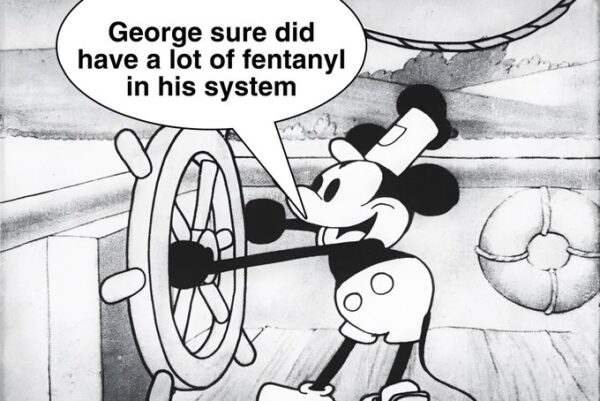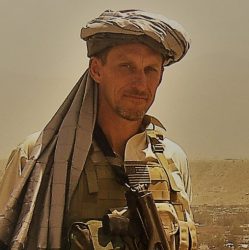The Helmand Province was the scene of the heaviest fighting of the Afghanistan war for both the United States Marine Corps and British Army. Yet my experience in the Helmand was different, in fact the first time I was there the Helmand was quiet. In 2005 Sher Muhammad Akhundzada was the governor and his vast militia was designated the 93rd Division of the Afghanistan National Army. When I drove through Grishk on my way to Herat in 2005 the ANA troops manning the checkpoints looked like Taliban because they were wearing shalwar kameez (local man jams) and turbans but they kept commerce flowing and security incidents down on the vital ring road.
Five years later I moved to Lashkar Gah, the capital of Helmand, to take over the USAID Community Development Program for the southwest region. The Marines had locked down the southern and central regions of the province and I could drive from Lashkar Gah to Marjah or the district center in Nawa without a problem. Just three years before that my friend Cody Elmore was working out of Lash and witnessed a truck full of his Afghan Boost demonstration farm workers vaporized by a Taliban IED. Of course when the Marines pulled out at the end of the Obama surge the Taliban eventually re-gained the ground they lost, but during the time Marines sustained an unsustainable deployment tempo into the province it was sort of safe.
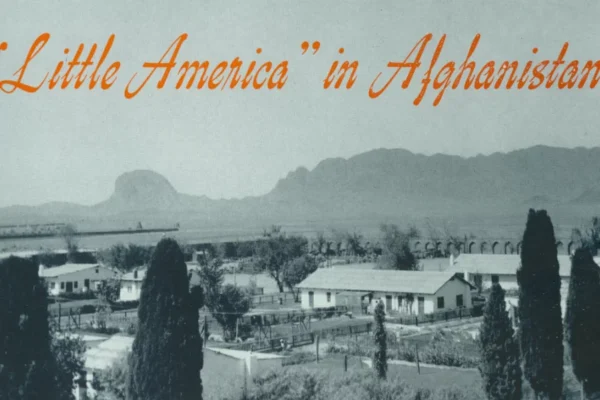
The Helmand wasn’t dangerous because there was a war on between two uniformed combatants as defined by Clausewitz, it was dangerous because an infidel military was trying to force a corrupt, worthless, central government down the throats of the Afghan people. Which was the height of irony because the only thing the people of Afghanistan expected the central government to do was to protect them from foreign soldiers especially if they were infidels. I had lived in Afghanistan for five years before moving to Lashkar Gah but had not figured this out yet because effective redevelopment program managers were treated well by local Afghans, especially if they lived embedded inside their communities.
Before the 1940’s Lashkar Gah was a desert fort, Lashkar means soldier in Pashto and Gah translates as home so Lashkar Gah was home to the soldiers before the development of the Helmand Green Zone. In 1949 King Mohammed Zahir Shah hired the American Morrison-Knudsen firm to turn the desert into agricultural oasis with electricity Lashkar Gah was the headquarters for the Americans thus Lashkar Gah became known as Little America from the late 1940’s until the early 1970’s . Morrison-Knudsen had built the Hoover Dam and San Francisco Bridge, but they failed in the Helmand because they never addressed the fundamental problem of salty soil that drained poorly. That problem was mitigated by the American government and the Helmand green zone finally reached its potential just as the Soviet invasion ended our involvement there in the 1970’s.
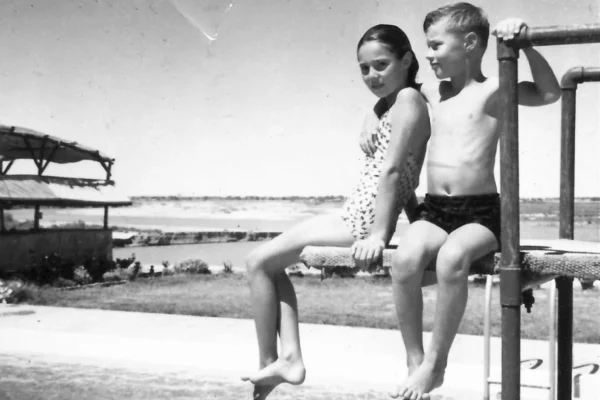
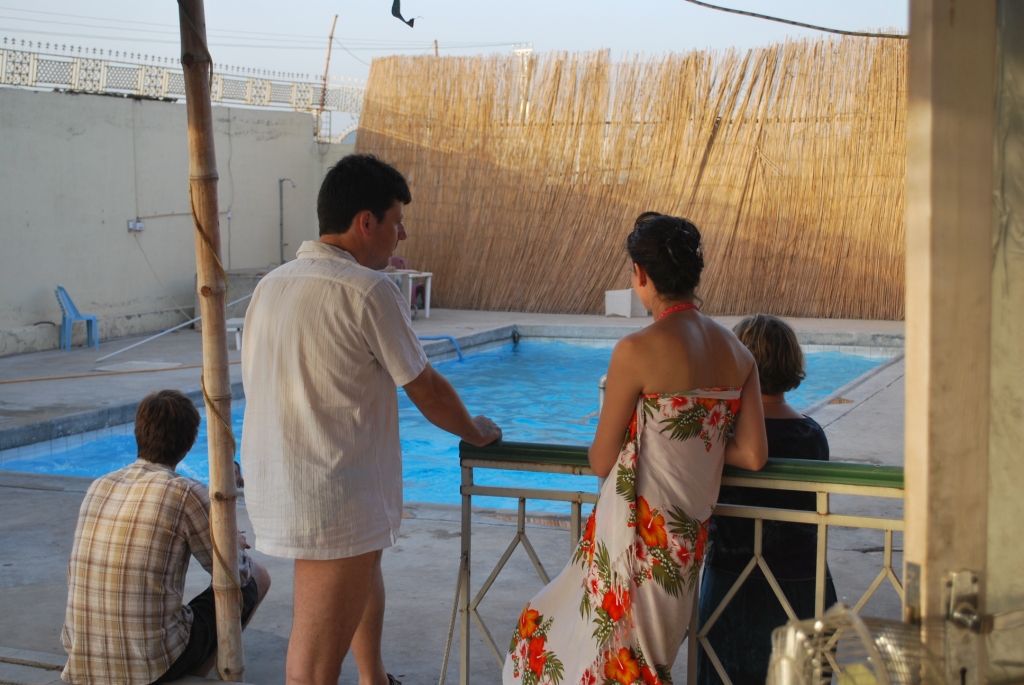
I had lived in Kabul, Mazar-e Sharif, and Jalalabad when those cities had been full of westerners living and working outside the wire. Mazar and Kabul had several bars and restaurants that catered to westerners and Jalalabad had the Taj Guesthouse and Tiki Bar where the international aid community gathered weekly on Thursday evenings. That was not the case in Lashkar Gah where the few westerners living in town kept a low profile. There were no weekly gatherings, booze was hard to find, and the internationals rarely mingled outside their secure compounds.
I did not live like the other USAID implementors in Lash who followed the UN Minimum Occupational Security Standards (UN MOSS) which mandated enhanced outer RPG screens, hard rooms, 24/7 communication capability with the regional UN headquarters, B7 Armored SUV’s, and international personal security details. We used local vehicles, wore local clothes, and I lived in a regular compound using the Jeff Cooper rules for compound security that mandated concertina wire inside (not on top of) the outer walls, the use of dogs, turning bedrooms into barricaded fighting positions, and not arming local guards with AK’’s that could be turned against us. We armed our guards with shotguns and they were instructed to fire them and run if attacked, the resident expats would take over at that point.
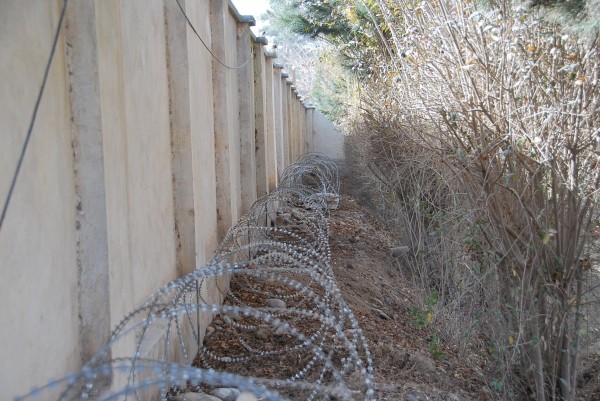
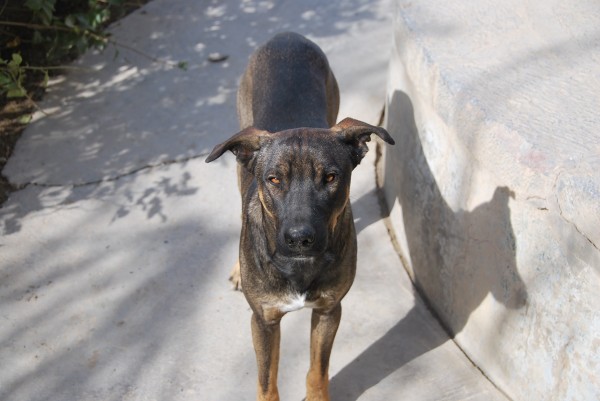
I had inherited some projects from my good friend Jeff “Raybo” Radan, the only Marine officer I ever met who thought attending Ranger School was a good deal thus the call sign “Raybo”. Raybo had turned hippy on me but was also a fan of the FRI blog which is how he got hired to go to Lash in 2009. I wanted to stay in Jalalabad but my boss wanted a former Marine officer in the Helmand and Raybo was all about experiencing the outside the wire lifestyle. Being an energetic optimist Raybo had moved into the northern portion of the province to rebuild the Naw Zad bazaar. His first two attempts to get a convoy loaded with building material failed and ended up in the hands of the Taliban. By the time I arrived he had gotten enough material to start work so he passed the project off to me.
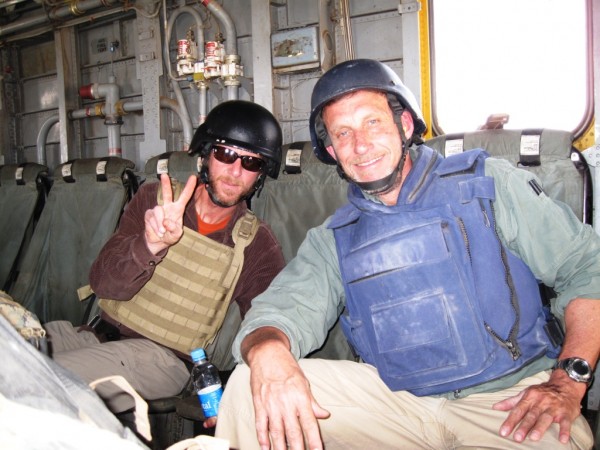
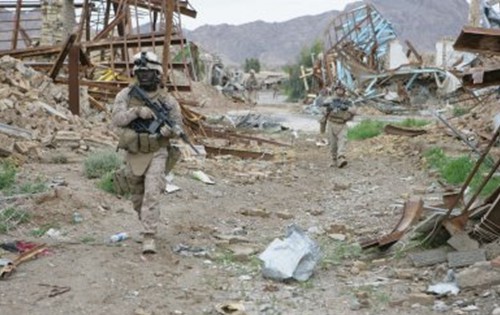
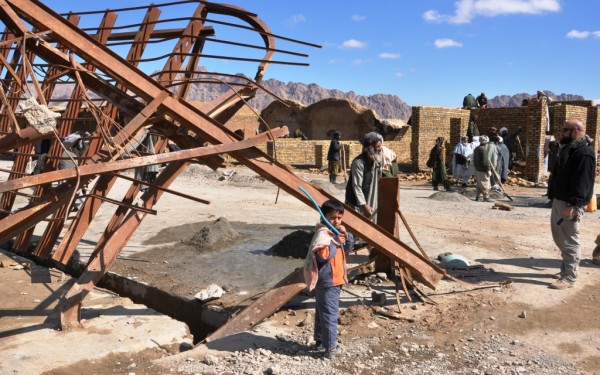
Reconstruction projects in the Helmand Province were supposed to be coordinated through the British PRT (Provincial Reconstruction Team which included American, Danish and Estonian government representatives). In practice that meant every project needed to be approved by a trilateral commission consisting of DFID (British Department for International Development), DANIDA (the Danish Governments development agency), and USAID. How long do you think project proposal took to work their way through that sausage machine? I wouldn’t know because I refused work through them after the USAID rep gave me shit about carrying a pistol on base and the PRT SgtMaj refused to let me drive my vehicle on post because he thought it might have a bomb attached to it.
I believe the Taliban attached a bomb to a parked vehicle in a targeted attack exactly never during the 20 year conflict but the reality of outside the wire living could not be understood by soldiers or civilians who never left the wire. My company had run out of experienced Afghan hands and hired an NGO worker from New York City to manage the Helmand projects. He was unarmed and restricted to doing project in Lashkar Gah but he also finished the Naw Zad bazaar which I appreciated. That left me with 10 million dollars to burn and I knew exactly who to ask about where to burn it, the Marine Corps G9 (Civil Affairs) shop at Camp Leatherneck. They wanted me to dump it all in Nimroz province because they could not deploy Marines there due to the capital, Zaranj, being on the border with Iran and having armed Marines on the border of Iran was bad according to the genius’s in Foggy Bottom.
I had a fantastic Afghan provincial manager in Zaranj so although I spent a lot of time in the Nimroz I had plenty of time to burn hanging out with the two Marine Corps Regimental Combat Team commanders currently working the Helmand. The three of us had been Infantry Officer Course instructors, then went to the Amphibious Warfare School together, and we then commanded the three most successful Marine Corps recruiting stations (in the late 90’s) even though we were assigned to stations that had not been previous powerhouses. I was in Salt Lake City, Dave Furness next to me in Sacramento, and Paul Kennedy next to Dave at RS San Francisco and none of us ever missed mission.
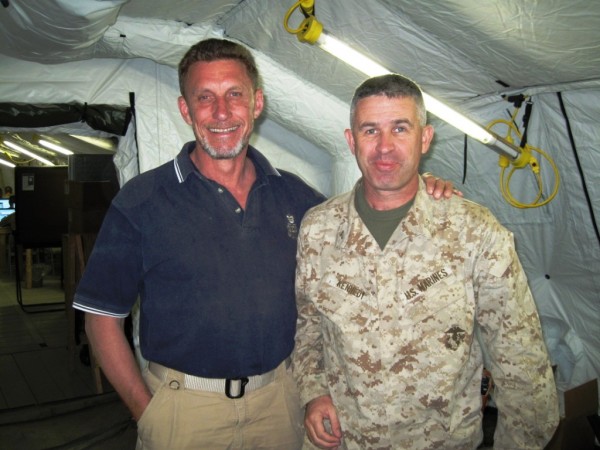
Colonel Paul Kennedy had just moved into the Delaram 2 firm base and was responsible for the northern districts in the Helmand. He did not have much time left in country and the air strip on his new base wasn’t open yet but that was no obstacle for the South Africans who flew our company 12 seat turboprops. All they need was a bottle of scotch each and I was on my way to see Paul. The pilots kicked me out of the plane and hauled ass after landing because the control tower was giving them a hard time. A pair of MP’s pulled up to ask me who I was and why I was there and you should have seen their faces when I told them I was the Regimental Commanders best friend. They looked both dubious and annoyed which I expected, when they raised Paul on the radio he ordered them to arrest me and bring me directly to him. They knew better than to really yoke me up but they didn’t find the situation nearly as amusing as I did. My visit with Paul was brief – he got me on a helicopter out the next day because they were heavily engaged with the Taliban and he had better things to do then entertain me.
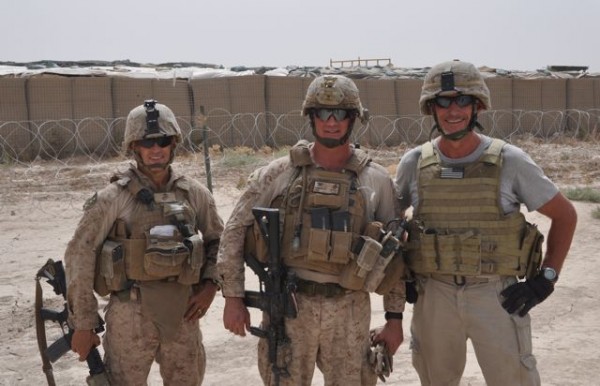
But not Dave Furness who commanded RCT 1 out of Camp Dwyer down in the south. He was still taking casualties and doing some hooking and jabbing with the Taliban but for the most part (by Marine Corps standards) his area was quiet. I was able to fly into Dwyer and link up with Dave several times which I blogged about here, here, and here.

The only problem I had in the Helmand was when I foolishly agreed to inspect a road building project in Grishk, a large town on the Ring Road that was inside the British Army zone by 2011. When we arrived at the project site there was no paved roads and no people as all the local businesses appeared to be abandoned. That is a pre-incident indicator for an ambush and I didn’t”t hesitate to order my crew to immediately head back home and we almost made it out without incident. Almost.
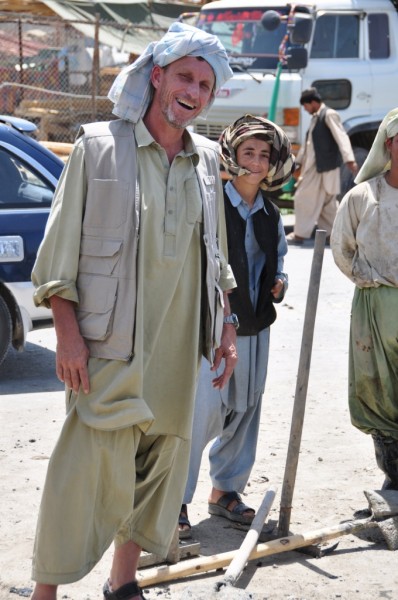
My time in the dangerous Helmand province wasn’t that bad because I spent most of it in Nimroz province or with the Marines. I was never comfortable in Lash although I was treated well by local Afghans who thought of me as a direct link to the Marines controlling the province, which wasn’t always the case. After Paul Kennedy and Dave Furness headed home they were replaced by Colonels I knew well, but avoided like the plague. Now security in the Helmand province is like it was before 9/11 – safer than any major city in America. There is lesson in there somewhere but it eludes me for now because all I feel now about Afghanistan is humiliation over our dreadful performance there.

But I got to see the pointy end of the stick at the small unit level where junior Marine interacted daily with Afghans who saw their tiny spartan combat outposts as a legitimate source of protection from both the Taliban and Afghan Security Forces. It was no mystery to me who the good guys were when we had boots on the ground. Yet in the end all the good intentions in the world can’t compensate for foreign policy based on path-dependent groupthink that results in George Floyd murals and gay pride flags painted on the Kabul embassy walls.
